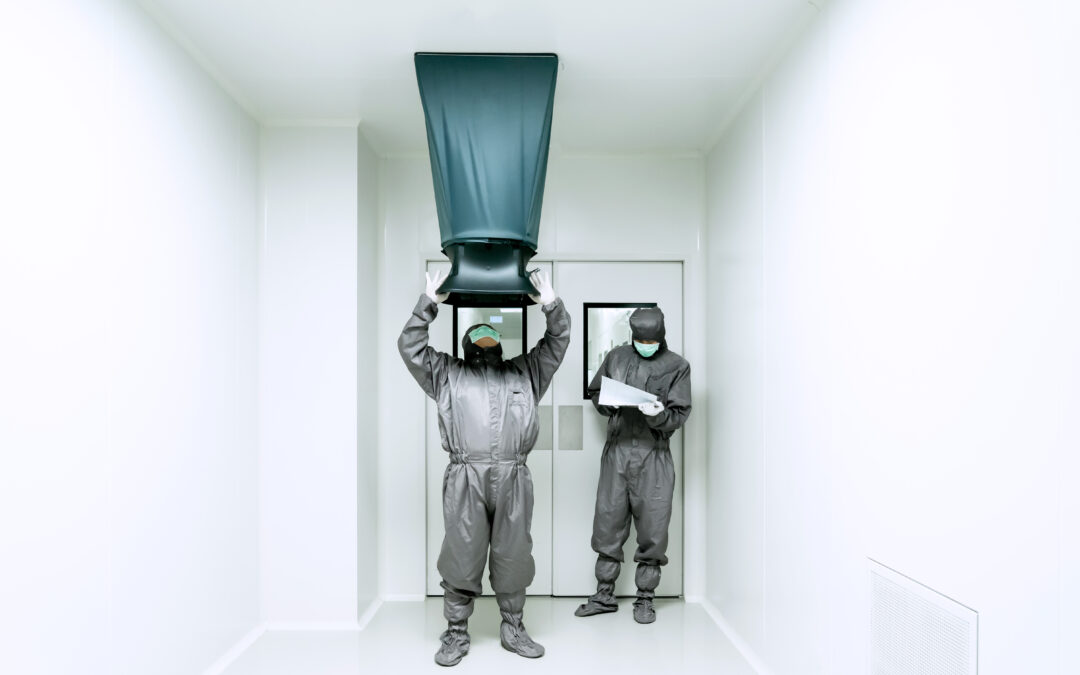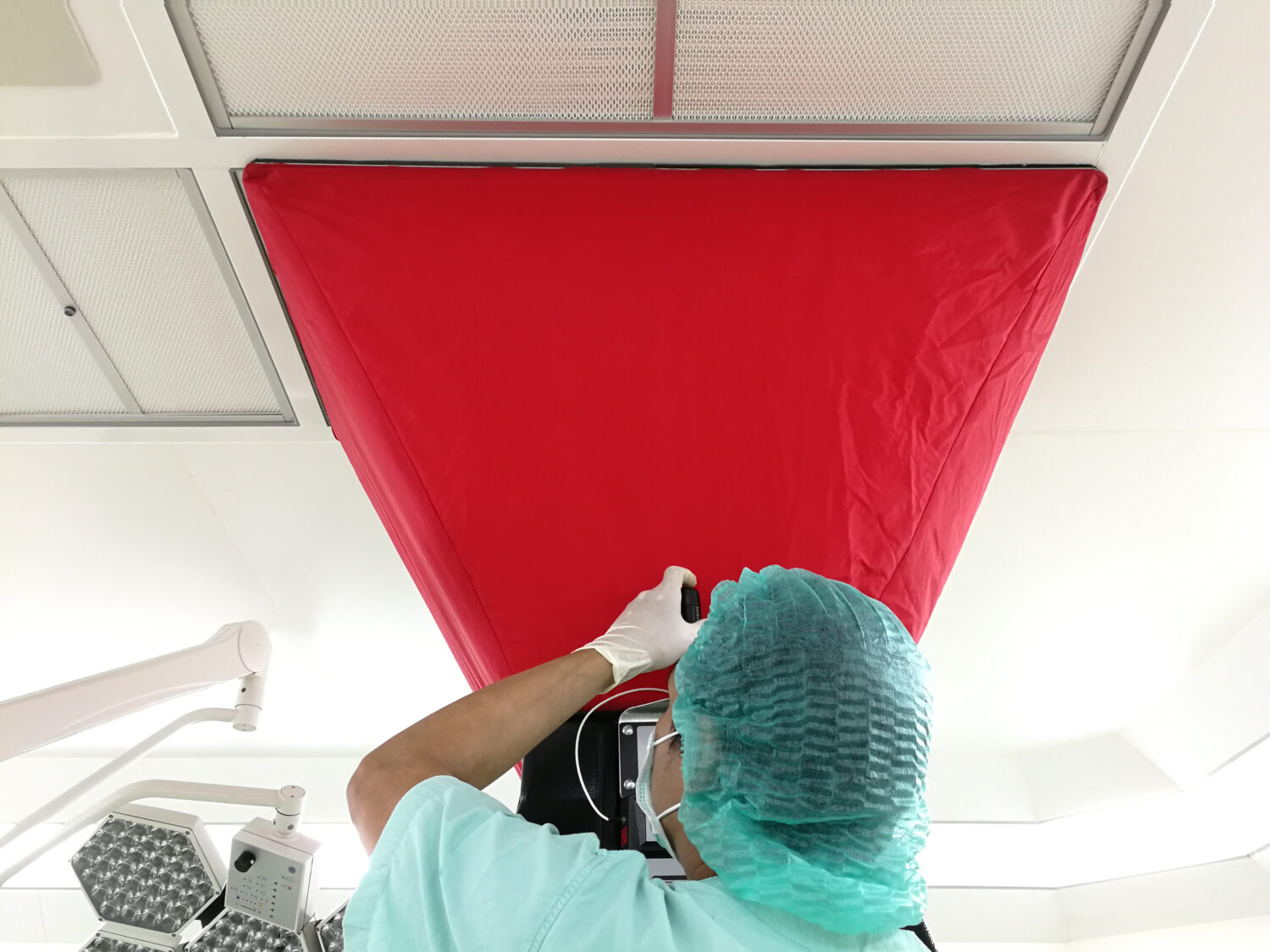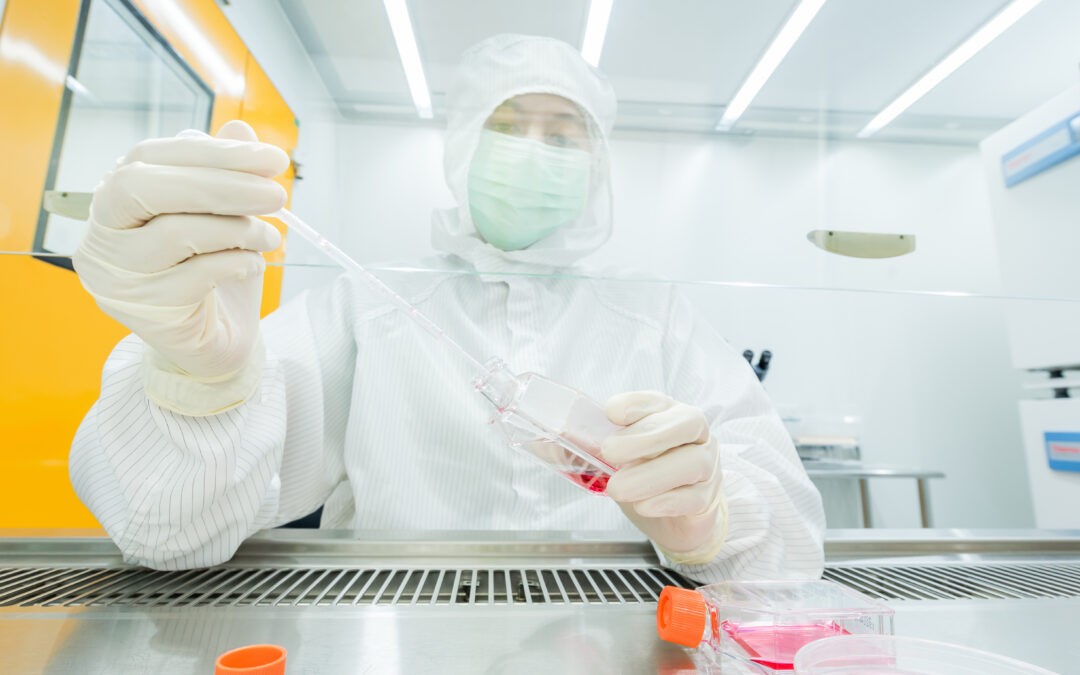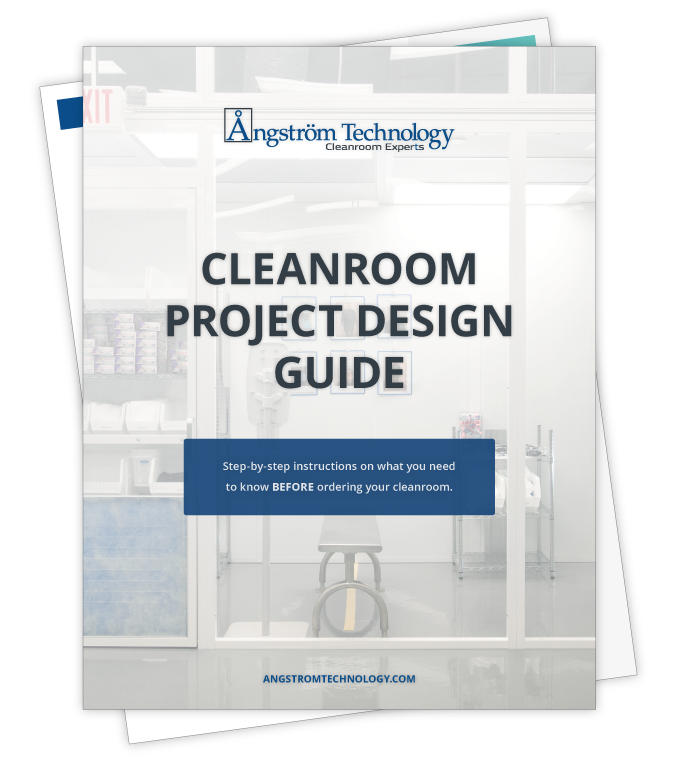
What’s the Difference Between Horizontal vs. Vertical Laminar Flow Hoods?
Laminar flow hoods play a crucial role in minimizing contamination for sensitive products. In this blog, we’ll compare horizontal vs. vertical laminar flow hoods, providing insights into their configurations, pros, and cons.
Whether you’re working with IV solutions, tissue culture, optics, or microelectronics, understanding these flow hoods is key to a contaminant-free workspace. Join us as we navigate the differences to help you make informed decisions for your cleanroom requirements.
Understanding Laminar Airflow and Its Crucial Role in Cleanrooms
Laminar airflow is air that constantly moves at the same speed in the same direction. In cleanrooms, a vertical laminar flow room is an enclosure where 100% of the ceiling provides filtered air downwards from the ceiling. Because of the 100% filter coverage, it creates an ultra-clean environment. But it’s much easier to achieve laminar flow in a smaller space, as equipment, personnel, and movement in a room cause turbulence that disturbs airflow.
A laminar flow hood is a device or enclosure commonly used as an ultra-clean workbench in laboratory applications. Filtered air sweeps particles in a uniform speed and direction from the hood’s most treated area (the filter) to its exit area.
Cleanroom airflow uniformity and laminar flow hoods are essential to ensuring that sensitive products placed under the hood are always upstream and, therefore, suffer little to no contamination.
Horizontal vs. Vertical Laminar Flow Hoods
Flow hoods come in two configurations: horizontal and vertical. Both designs provide an effective sweeping action through the work zone and meet ISO Class 5 cleanliness standards. Your application and needs will help determine which is better for your facility.

Horizontal Laminar Flow Hoods
As their name indicates, horizontal laminar flow hoods direct air horizontally. Air is pushed through a HEPA or ULPA filter positioned on the back wall and moves forward across the work surface until it exits the enclosure.
By sweeping the air across the work surface and towards the operator, horizontal laminar flow hoods provide the highest protection from contaminating particles. No turbulence is caused by vertical air striking a perpendicular surface or the hands of the operator since they’re always further downstream than the materials they are working on.
However, the hood’s size, the filter’s positioning, and the airflow’s direction can also result in some negative consequences. Below you’ll find a helpful list of pros and cons for these types of hoods:
Pros
- Low turbulence on the work surface due to air flowing parallel to the work surface
- Easy to position products and materials close to the filter on the work surface
- Little contamination from hands or gloves due to the operator being downstream from products and materials
Cons
- Requires hood repositioning to gain rear access for filter changes and servicing
- Objects can obstruct the flow and contaminate anything downstream
- Operators could suffer from fume or powder contaminants blowing at them if they don’t use the sash correctly
Vertical Laminar Flow Hoods
In contrast, vertical laminar flow hoods take air from above the unit, push it through the HEPA or ULPA filter, and then direct it down onto the work surface, where it eventually disperses and exits the enclosure out of a front access area. They resemble the model of a laminar flow cleanroom with fan filter units on the ceiling, just on a much smaller scale.
Vertical laminar flow hoods are popular because of their size, layout, and operator safety. Since the filter is at the top of the unit rather than behind, these flow hoods require less floor space but can be taller to fit larger products and materials. Also, since the laminar air isn’t blowing toward the operator, they are less likely to suffer any contaminants.
Vertical laminar flow hoods are an excellent choice for many applications, including handling sterile, non-hazardous drug compounding in research labs, pharmacies, and microbiology. Here’s a quick overview of their pros and cons:
Pros
- Require less floor space
- Increased operator safety
- Easy access to filter changes and servicing
- Less cross-contamination of items on the work surface due to no parallel airflow
- A taller system that can accommodate tall and large products and materials
Cons
- May require overhead clearance for changing and servicing the filter
- Increased work surface turbulence due to vertical air hitting a perpendicular surface
- Products and materials could obstruct airflow when stacked
Which Laminar Flow Hood Is Right for Your Application?
Both horizontal and vertical laminar flow hoods can be utilized for many applications involving sensitive products and materials, including (but not limited to):
- Injectable drugs
- IV solutions
- Tissue culture
- Optics
- Microelectronics
While both types of flow hoods are optimal for reducing contamination in a workspace, a few applications lend themselves more toward one or the other. Usually, the most important factors to consider include process location, clearance requirements, size of materials, work surface design, and operator safety.
That said, horizontal laminar flow hoods generally work best for applications that require minimal turbulence on the work surface and the highest level of object contamination control. If your application’s process is performed above the work surface, a vertical airflow configuration may be ideal; particles inside a vertical unit settle at the bottom of the work surface before exiting the enclosure. Vertical hoods are also a popular choice for any applications involving materials that could be especially large or dangerous to the operator.
Contact the Cleanroom Experts at Angstrom Technology
If your cleanroom requires laminar flow hoods, Angstrom Technology can design a cleanroom that will seamlessly meet your classification and industry requirements. Our experienced design engineers are ready to collaborate with you to create a tailored solution that ensures optimal performance and adherence to industry standards. Contact us today to initiate the conversation and enhance the efficiency of your cleanroom environment.




